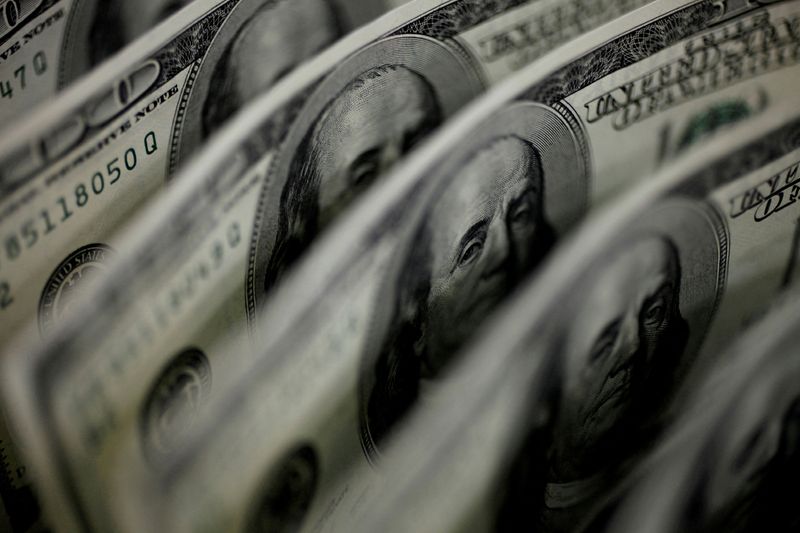By Gertrude Chavez-Dreyfuss
NEW YORK (Reuters) – U.S. Treasury yields rose in choppy trading on Monday after a week of high volatility, as bond investors turned their focus to the U.S. midterm elections on Tuesday that will determine control of Congress.
The past week saw market gyrations amid another big Federal Reserve interest rate increase and a strong U.S. jobs report for October that ensured the U.S. central bank will be in no rush to pivot away from its aggressive tightening of monetary policy.
U.S. two-year yields, which are sensitive to rate expectations, rose 7 basis points to 4.216%.
“It’s all about the elections right now,” said Tom di Galoma, managing director at Seaport Global Holdings in Greenwich, Connecticut.
“If Republicans do take both houses, that will rally the stock market and that will include a rally in Treasuries. This has been the year when stocks and Treasuries have been rallying simultaneously,” he added.
Republicans have gained momentum in polls and betting markets, with analysts forecasting a split government in which Republicans win control of the House of Representatives and possibly the Senate. That result would likely hamper Democratic President Joe Biden’s economic agenda.
A divided government could lead to gridlock over raising the federal debt limit, possibly reigniting worries about a U.S. default, analysts said, a scenario that may spur safety bids for Treasuries.
The yield on 10-year Treasury notes was up 4.3 basis points at 4.201%.
U.S. 30-year Treasury yields were up 4.2 basis points at 4.289%.
Investors are also looking to Thursday’s U.S. inflation report for October. Wall Street economists expect a deceleration in both the monthly and yearly core consumer price index to 0.5% and 6.5%, respectively, according to a Reuters poll.
“Even though we see greater downside risks in October, we think it would be due to one-off factors that would likely reverse in the coming months,” PIMCO economists Tiffany Wilding and Allison Boxer wrote in a research note.
A closely-watched part of the U.S. Treasury yield curve measuring the gap between yields on two- and 10-year Treasury notes remained inverted at -52.1 basis points.
An inversion of this part of the curve typically foreshadows a U.S. recession.
The Treasury this week will auction $40 billion in U.S. three-year notes on Tuesday, $35 billion in 10-year notes on Wednesday, and $21 billion in 30-year bonds on Thursday. The $96 billion set of auctions will raise about $40.7 billion in new cash when they settle on Nov. 15, Jefferies wrote in a research note.


